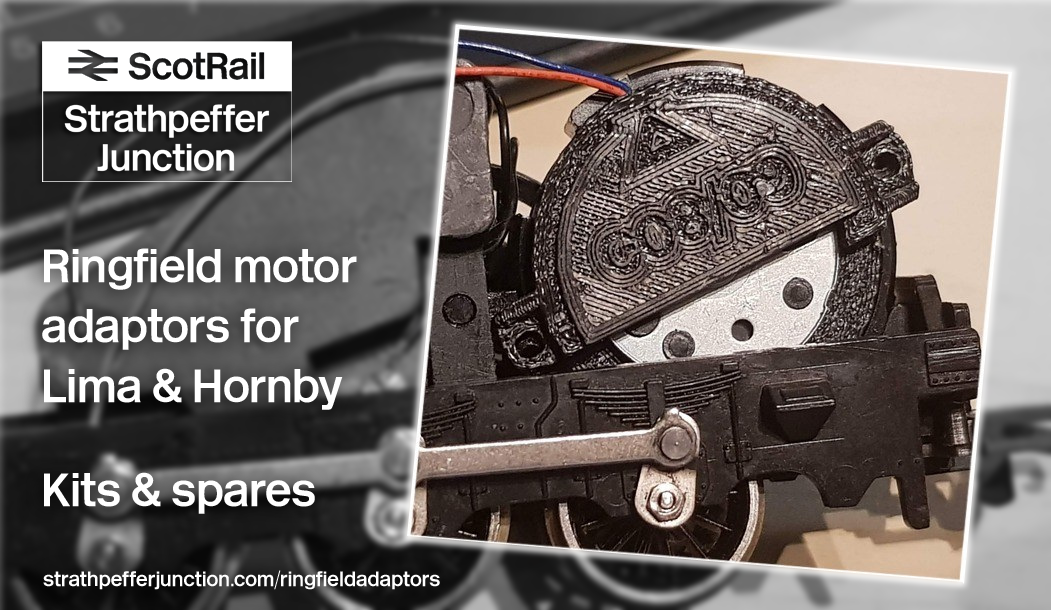boatwrench
Well-Known Member
I was at a layout a couple of weeks ago where the builder ran the bus wiring along the front edge of the layout outside the L bracket. The track feeders and turnout wiring ran from the frontside towards the backdrop. The layout was fastened to L bracket about three inches from the from ledge. He attached the fascia to the edge of the plywood sub-roadbed. When/IF there was a wiring issue the fascia could be easily removed, and the wiring exposed without having to climb under the layout.
The layout was set in an industrial are with many warehouses. This led to another innovative idea, the tracks were not buried by scenery in the helix. The scenery consisted of photo images and building flats on the inside of the tracks. A dummy siding every so often would have a boxcar on a siding of the warehouse.
The layout was set in an industrial are with many warehouses. This led to another innovative idea, the tracks were not buried by scenery in the helix. The scenery consisted of photo images and building flats on the inside of the tracks. A dummy siding every so often would have a boxcar on a siding of the warehouse.



